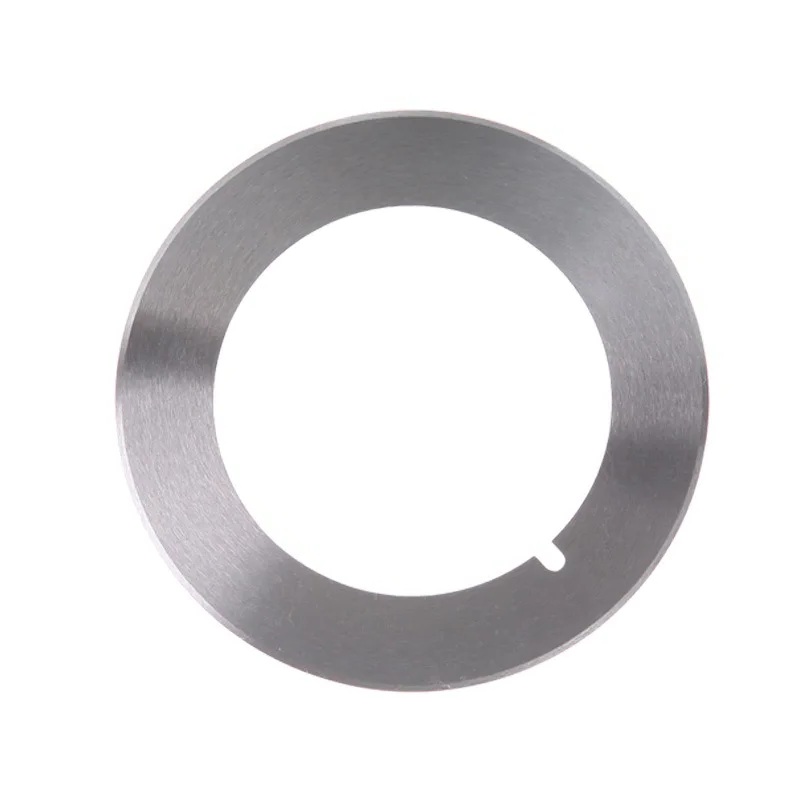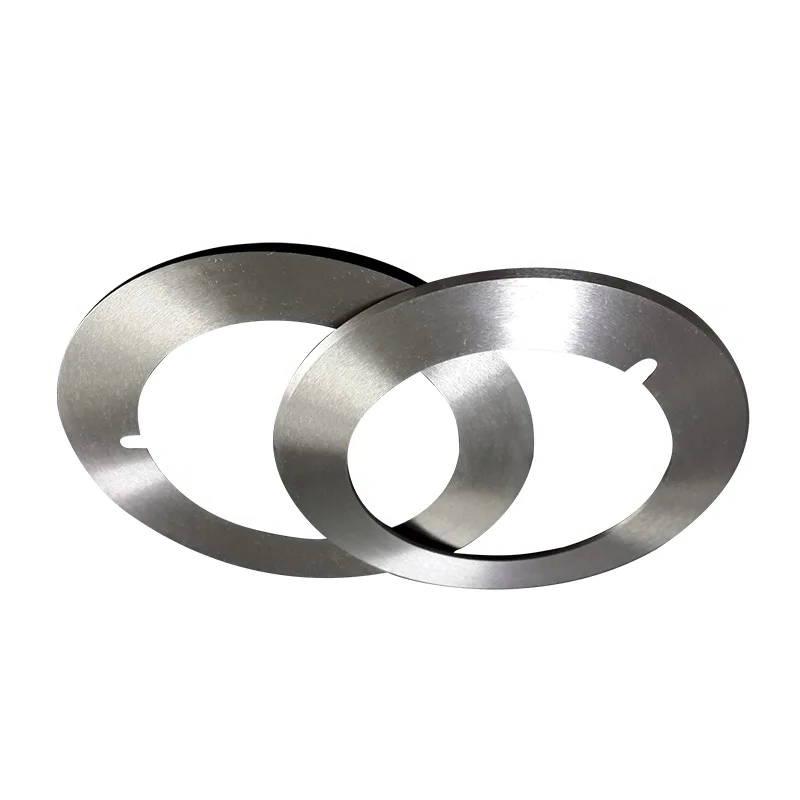
Check the transmission parts
Check whether the transmission parts such as belts and chains are loose or worn.
Adjust the tension of the transmission parts and replace the parts with severe wear.
Check the knife shaft
Check whether the knife shaft is bent or deformed.
Confirm whether the rotation of the knife shaft is smooth and whether there is any jumping.
For example, the bending of the knife shaft may cause the blade to lose balance and swing left and right when rotating.
Balance correction
Balance the blade and knife shaft to eliminate the swing caused by imbalance.
Professional balance detection equipment and correction methods can be used.
Check the installation of the blade
Make sure the blade is firmly installed and the screws are tightened without looseness.
Check whether the blade is correctly installed on the knife shaft and the position is accurate.
For example, if the blade is installed at an angle, it is easy to swing left and right during operation.
Lubrication and maintenance
Ensure that the knife shaft and related parts are well lubricated to reduce the swing caused by uneven friction and resistance.
Add an appropriate amount of lubricating oil or grease regularly.
Adjust the tool gap
Check whether the gap between the blades is appropriate. Inappropriate gaps may cause unstable blade operation.
Adjust the blade gap according to the equipment requirements and process standards.
Equipment foundation and fixation
Check whether the installation foundation of the equipment is stable and whether it is loose.
Ensure that the overall equipment is firmly fixed to reduce blade swing caused by vibration.
PREV : How to Use the Slitting Machine Blades? NEXT : 7 End Mills Every CNC Operator Should Own






